The BMW factory canteen in San Luis Potosí serves cactus salad made from nopal leaves – harvested in the gardens on the factory premises. An example of the site philosophy: using local resources, promoting sustainability and delivering the highest quality.

In the middle of the barren landscape of central Mexico, BMW has created a plant that sets standards in many ways: It is considered a showcase project for modern, sustainable automobile production. Since 2019, the Bavarian car manufacturer has been producing vehicles for the global market in San Luis Potosí (SLP): Of the 406,139 cars manufactured with the quality promise ‘hecho en México’, 403,691 were exported. “We want to be the first choice for customers, talents and BMW ,” says plant manager Harald Gottsche, explaining the vision of the site. An ambitious goal that the team in San Luis Potosí is underpinning with impressive achievements. In 2023, the plant won two JD Power Awards for the quality and attractiveness of the 2 Series Coupé produced here.
But the plant’s true strength lies in its flexibility. “In theory, we can build anything here, from the 2 Series Coupé to the X7,” says Gottsche, promoting the SLP site. The production facilities are designed to cover a wide range of vehicle sizes and types. This versatility makes the site a valuable asset in BMW’s global production network.
Closed water cycle in the middle of the semi-desert
San Luis Potosí is setting standards when it comes to sustainability. In 2023, it was the BMW plant with the lowest energy consumption per vehicle. This is a remarkable achievement given the climatic challenges - the plant is located in a semi-desert. The water management is particularly impressive. In a region where water is a scarce commodity, BMW has implemented a closed-loop system. “We recycle almost 100 percent of our process water ,” explains Gottsche. “This not only makes us less dependent on external water sources, but also significantly reduces our ecological footprint.” But that’s not all.
The plant is aiming for CO2 - neutral production. An important step in this direction is the planned switch from natural gas to biomethane, especially in the energy-intensive paint shop. “We are in talks with the government to be able to source biomethane via the existing pipeline,” says Gottsche happily. “If this succeeds, it will be the fastest way to make the plant CO2-neutral.”
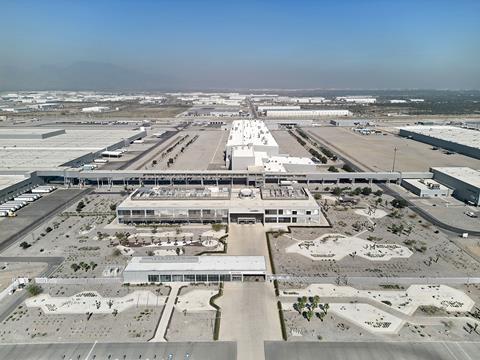
Sustainability indicators:
Current:
Energy consumption: 1.12 megawatt hours per vehicle
Water consumption: 1.52 cubic meters per vehicle
Goals :
100 percent renewable energy from 17,000 solar modules
zero-waste-to-landfill strategy
40 percent reduction in the CO₂ footprint per vehicle by 2030 (vs. 2019)
The focus is on an electric vehicle era
The next big challenge for the site is already upon us: Neue Klasse electric vehicles are to roll off the production line here from 2027. BMW is investing around 800 million euros in the site for this purpose. “We are preparing intensively for the production of electric vehicles ,” says Gottsche. “This not only means technical adjustments in production, but also the development of new supplier structures. We will enable around 27 new suppliers, including 11 completely new plants in the region.”
With the production of the New Class starting in 2027, the plant in San Luis Potosí has an exciting future ahead of it. “Our big advantage is that we carry out battery production directly in the plant,” explains Gottsche. The extremely short distances from the battery to the installation location in the assembly save time and resources.
The plant is already preparing for the highly complex manufacturing technology of a Gen 6 with up to 1,800 welds per battery, which must function 100 percent and will be monitored inline. The plant manager says: “Our specialists from body construction in particular are immersing themselves in the new technology in the plant’s own training center and in our network in Munich.”
The challenges remain great, but Harald Gottsche’s team is confident. ” We have created a unique combination of flexibility, sustainability and quality here,” the plant manager sums up. “This makes us fit for the future of automobile production.” And who knows - perhaps the cactus salad from the factory canteen will one day become aToday it is a symbol of the innovative power of this extraordinary location. In San Luis Potosí, BMW seems to have found the recipe for successful and sustainable automobile production in the 21st century.
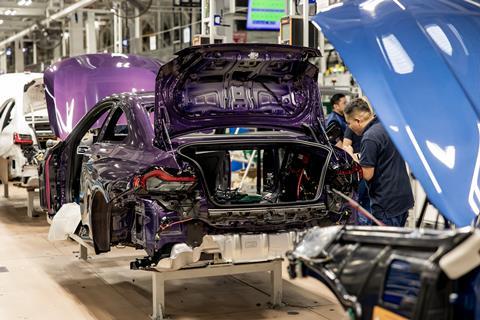
The History of Electrification in Mexico:
2010: The ‘Made in Germany’ Expo in Mexico presents the ActiveHybrid X6.
2012: Twelve Minis are made available in Mexico for press trips and for research at universities.
2013: The ActiveHybrid 3 and 5 models go on sale; the BMWi sub-brand is announced for 2014.
2014: The BMW i3 and BMW i8 models go on sale.
2017: The Mini Countryman PHEV goes on sale.
2018 : EV and hybrid models account for eight percent of total sales in Mexico.
2019 Mexico’s longest electric corridor opens, connecting the 412 km between Mexico City and San Luis Potosí with five charging stations.
2020: Equipped with the Capillita Supercharger , the electric highway is extended to Puebla.
2021: The first fully electric Mini is launched in Mexico.
2021: With the production of the iX and iX3, the so-called Gen5 battery cells for e-technology come to Mexico.
2024: Construction of an assembly plant for high-voltage batteries begins in San Luis Potosí and is scheduled to go into operation in 2026. At the same time, the BMW Group announces production of the New Class in Mexico from 2027.
Anchoring local suppliers as a success factor
The plant’s success is based not least on its strong local roots. 95 percent of the parts installed are already sourced in Mexico, and 85 percent of the transport volume is localised. This high level of localisation not only reduces transport routes and CO2 emissions , but also makes the plant less vulnerable to global supply chain problems. BMW also relies on local strength when it comes to recruiting and retaining staff. “We were voted among the top five most attractive employers in Mexico by students ,” Gottsche reports proudly. “Alongside giants such as Google, Microsoft, Amazon and the Mexican oil company Pemex.” The fluctuation rate of just four percent per year - in an industry in which monthly fluctuation rates of 10-20 percent are not uncommon - underlines the attractiveness of the young employer.
Data integration for precise component analysis
The geometry dashboard is a major step forward in production optimisation: It integrates data from various sources into a coherent data set. This enables a comprehensive geometric analysis of each individual component in real time and across all locations. The modern inline system forms the basis for agile and precise production control at BMW. It offers a four-week forecast regarding availability and quality.
Core features and benefits of the Geometry Dashboard:
- Processing 1.1 million data records per week
- Reduction of error analysis time from four days to a few clicks
- Proactive trend analyses for early problem identification
- AI-supported messaging system for timely employee information
- Two-part structure: inline system and supplier area
Of the 50 planned software solutions, which is processed and implemented at the BMW site in Mexico, ten were developed locally in Mexico. This also underlines the company’s global innovative strength. The integration of local suppliers into the system optimises the supply chain and minimises potential production delays. The geometry dashboard represents a paradigm shift in production control by seamlessly combining data integration, predictive analytics and supplier involvement.





























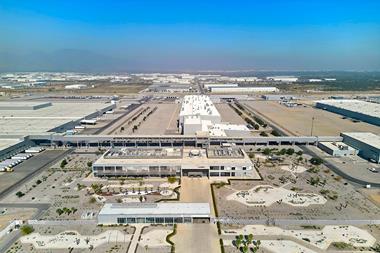

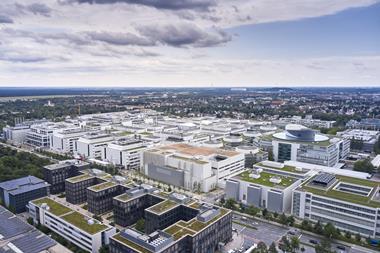
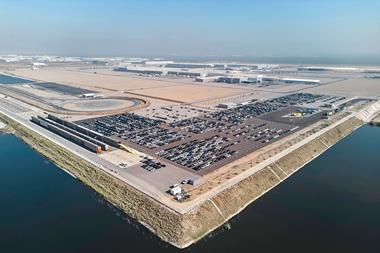
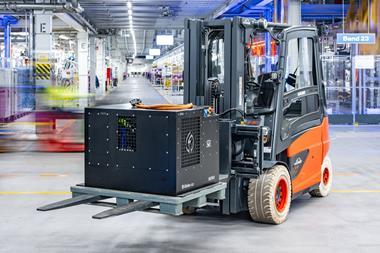




No comments yet